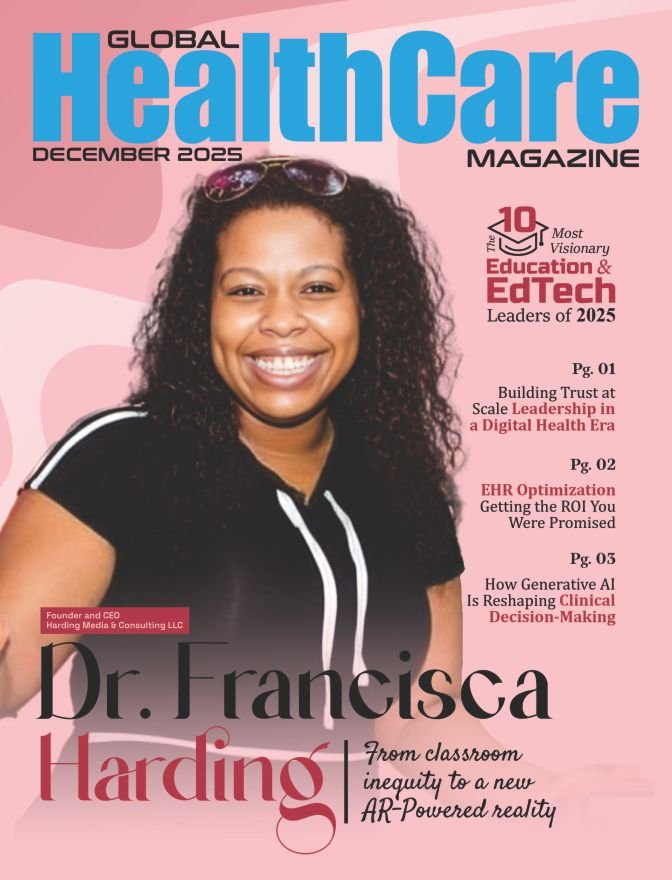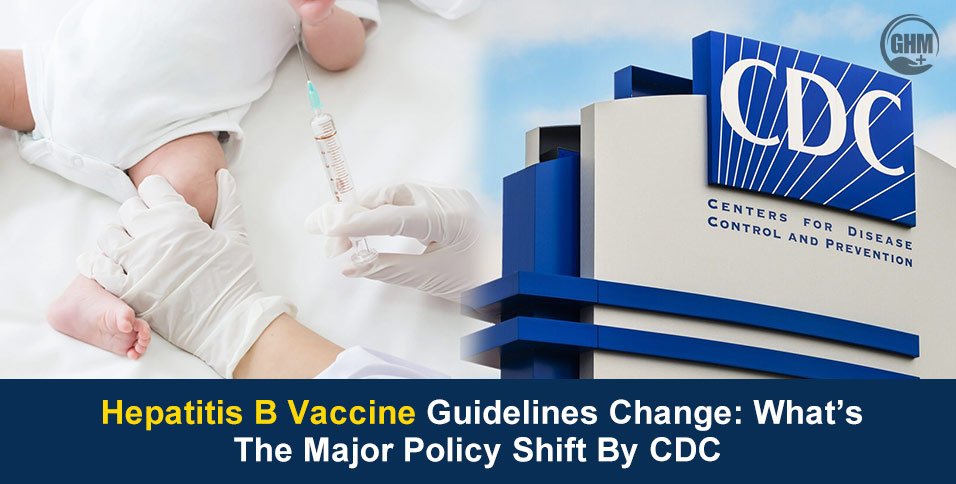The healthcare industry has undergone a massive digital transformation in the past decade, driven by the growing adoption of Electronic Health Records (EHRs). These digital repositories of patient data are no longer just static archives—they have become dynamic sources of actionable insights, thanks to the integration of machine learning (ML). By leveraging advanced algorithms, machine learning enables healthcare providers to analyze vast amounts of EHR data to improve diagnosis accuracy, predict patient outcomes, and personalize treatment plans.
One of the key players accelerating this transformation is NashBio, a company dedicated to unlocking the full potential of healthcare data through innovative analytics solutions. Their focus on secure, scalable, and compliant data handling ensures that health organizations can adopt cutting-edge technology without compromising patient privacy. With machine learning models layered on top of EHR systems, organizations can shift from reactive care to proactive interventions, reducing costs and enhancing patient outcomes.
Why Machine Learning in EHR Data Matters
EHR systems collect an enormous amount of structured and unstructured data—from lab results and medication history to clinical notes and imaging reports. While this wealth of data has immense potential, it also poses challenges: high dimensionality, incomplete entries, and inconsistent formats. Traditional statistical methods often fail to extract meaningful patterns from such complex datasets. This is where machine learning excels.
Machine learning algorithms can identify hidden correlations, detect anomalies, and predict future health events with remarkable accuracy. For example, predictive models can estimate the likelihood of hospital readmission or the onset of chronic conditions such as diabetes and heart disease. Natural Language Processing (NLP) techniques can analyze unstructured physician notes to extract critical clinical insights, enabling a more comprehensive view of the patient.
Applications of Machine Learning in EHR Analysis
The integration of ML with EHR data is unlocking a wide range of applications in modern healthcare:
- Disease Prediction and Risk Stratification
ML models can assess risk factors and predict the likelihood of diseases before symptoms appear. By analyzing historical patient data, these systems can identify high-risk individuals and allow clinicians to intervene early. - Personalized Treatment Plans
No two patients are alike, and ML enables precision medicine by tailoring treatment based on genetics, lifestyle, and previous responses to therapy. EHR-driven models can recommend the most effective medications, reducing trial-and-error approaches. - Clinical Decision Support
AI-powered decision support systems provide physicians with real-time recommendations during consultations. These insights are based on aggregated EHR data, clinical guidelines, and previous case studies. - Operational Efficiency
Beyond clinical care, machine learning also streamlines hospital operations. Predictive analytics can forecast patient admission rates, optimize staffing schedules, and reduce wait times, improving overall patient experience.
Challenges and Ethical Considerations
While the benefits are immense, integrating machine learning into EHR analysis comes with challenges. Data privacy and security remain top concerns, especially with sensitive health information. Compliance with regulations like HIPAA (Health Insurance Portability and Accountability Act) is non-negotiable. Companies like NashBio are addressing these concerns by implementing advanced encryption, anonymization techniques, and secure data-sharing frameworks.
Another challenge is data bias. Machine learning models are only as good as the data they are trained on. If EHR data is incomplete or biased toward certain demographics, predictions may be inaccurate or even harmful. Therefore, continuous monitoring, model validation, and diversity in training datasets are crucial.
The Future of ML-Driven Healthcare
As technology evolves, the synergy between machine learning and EHR data analysis will only deepen. Emerging trends include federated learning, which allows models to learn from distributed data without moving it, thereby enhancing privacy. Additionally, the integration of real-time wearable device data into EHR systems will give ML models even richer datasets to work with.
Moreover, explainable AI (XAI) will become critical in healthcare, where transparency is key for building trust. Clinicians need to understand why an algorithm recommends a particular diagnosis or treatment. Future solutions will prioritize interpretability alongside accuracy.
Conclusion
Machine learning has opened new frontiers in healthcare by transforming static EHR data into a powerhouse of predictive insights. From disease prevention to operational efficiency, its impact is far-reaching. Companies like NashBio are leading the way in making these technologies accessible, secure, and scalable for healthcare organizations worldwide.
As adoption grows, the healthcare industry stands at the brink of a paradigm shift—one where data-driven decisions save lives, reduce costs, and personalize care like never before. The combination of machine learning and EHR analytics is not just an innovation; it is the future of modern medicine.



















